Butcher Block kitchen desk top, what finish ?
EdeLa
12 years ago
Featured Answer
Sort by:Oldest
Comments (22)
jannie
12 years agoRelated Professionals
Baltimore Kitchen & Bathroom Designers · Martinsburg Kitchen & Bathroom Designers · Piedmont Kitchen & Bathroom Designers · Riviera Beach Kitchen & Bathroom Designers · Camarillo Kitchen & Bathroom Remodelers · Elk Grove Kitchen & Bathroom Remodelers · Paducah Kitchen & Bathroom Remodelers · Roselle Kitchen & Bathroom Remodelers · Avocado Heights Cabinets & Cabinetry · Oakland Park Cabinets & Cabinetry · Tinton Falls Cabinets & Cabinetry · White Center Cabinets & Cabinetry · Santa Paula Tile and Stone Contractors · Chaparral Tile and Stone Contractors · Boise Design-Build Firmscookingofjoy
12 years agoBeastBaby
12 years agomacybaby
12 years agoBunny
12 years agobilly_g
12 years agoEdeLa
12 years agobilly_g
12 years agoclinresga
12 years agosombreuil_mongrel
12 years agomacybaby
12 years agobilly_g
12 years agobilly_g
12 years agoUser
12 years agobilly_g
12 years agonorthcarolina
12 years agobilly_g
12 years agokalapointer
12 years agowritersblock (9b/10a)
12 years agobilly_g
12 years agomacybaby
12 years ago
Related Stories
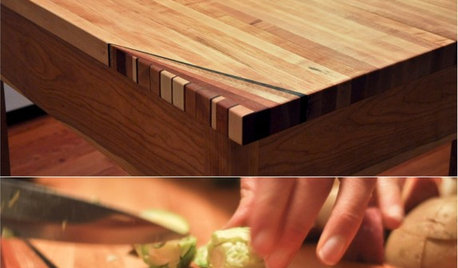
WOODWORKINGHow to Clean and Care for Your Butcher Block
Keep butcher block counters and boards looking sharp as a knife — and sanitized for safe food prep — with this advice from a pro woodworker
Full Story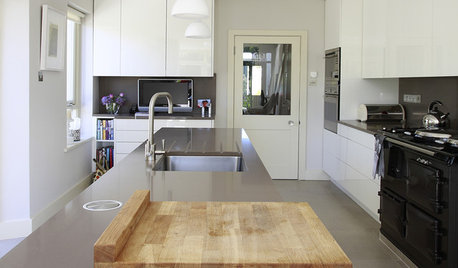
KITCHEN DESIGNButcher Block Makes the Cut for Holiday Kitchen Prep
Countertops and cutting boards will likely take a beating over the holidays. These butcher blocks have the chops to perform under pressure
Full Story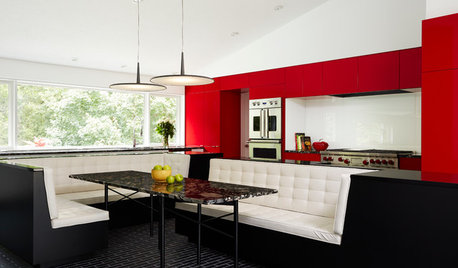
COLORFUL KITCHENSKitchen of the Week: Bold Color-Blocking and a Central Banquette
Glossy red cabinets contrast with black surfaces and white seating in this cooking-dining space designed for entertaining
Full Story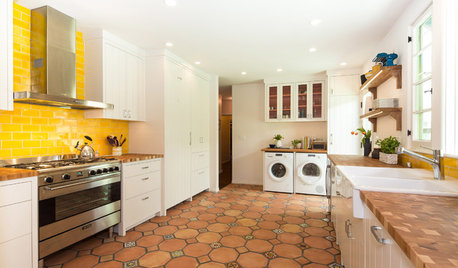
KITCHEN DESIGNNew This Week: 4 Surprising Backsplash and Countertop Pairings
Make your kitchen workspace stand out with colored ceramic tile, back-painted glass, butcher block and more
Full Story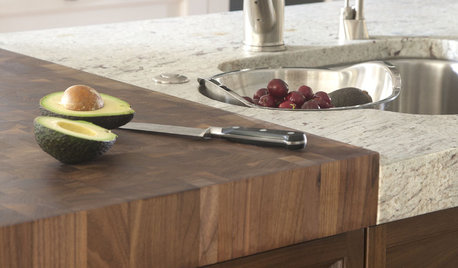
KITCHEN DESIGNKitchen Counters: Try an Integrated Cutting Board for Easy Food Prep
Keep knife marks in their place and make dicing and slicing more convenient with an integrated butcher block or cutting board
Full Story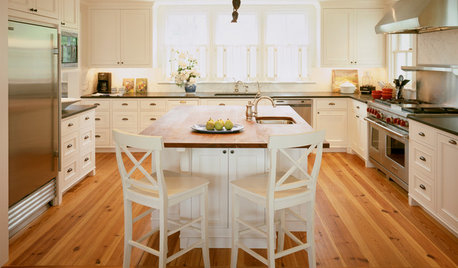
KITCHEN DESIGN3 Steps to Choosing Kitchen Finishes Wisely
Lost your way in the field of options for countertop and cabinet finishes? This advice will put your kitchen renovation back on track
Full Story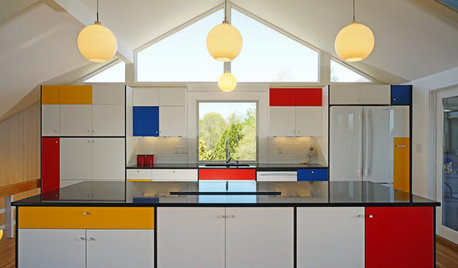
KITCHEN DESIGNKitchen of the Week: Modern Art Inspires a Color-Blocked Look
In a midcentury beach house on Martha’s Vineyard, a redesigned kitchen embraces the look of Mondrian
Full Story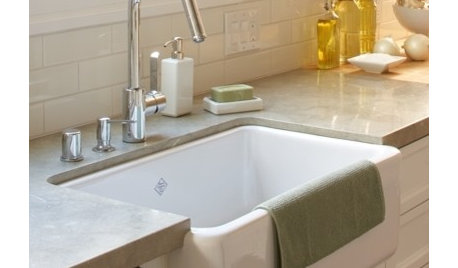
CONTRACTOR TIPSContractor Tips: Countertop Installation from Start to Finish
From counter templates to ongoing care, a professional contractor shares what you need to know
Full Story
KITCHEN COUNTERTOPS10 Top Backsplashes to Pair With Soapstone Countertops
Simplify your decision-making process by checking out how these styles work with soapstone
Full Story





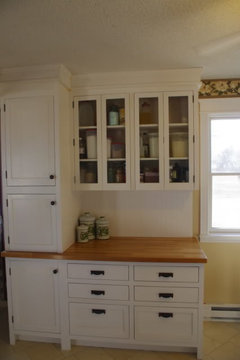
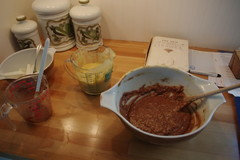


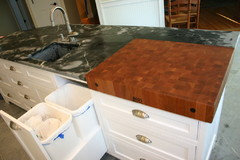
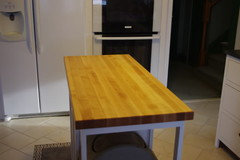
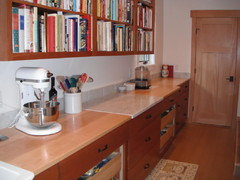
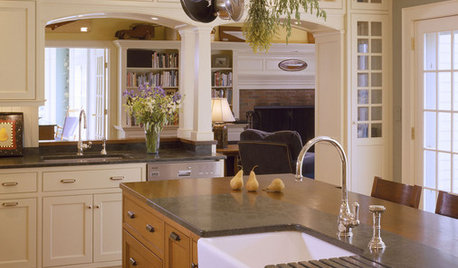

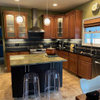
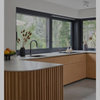
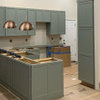
sombreuil_mongrel